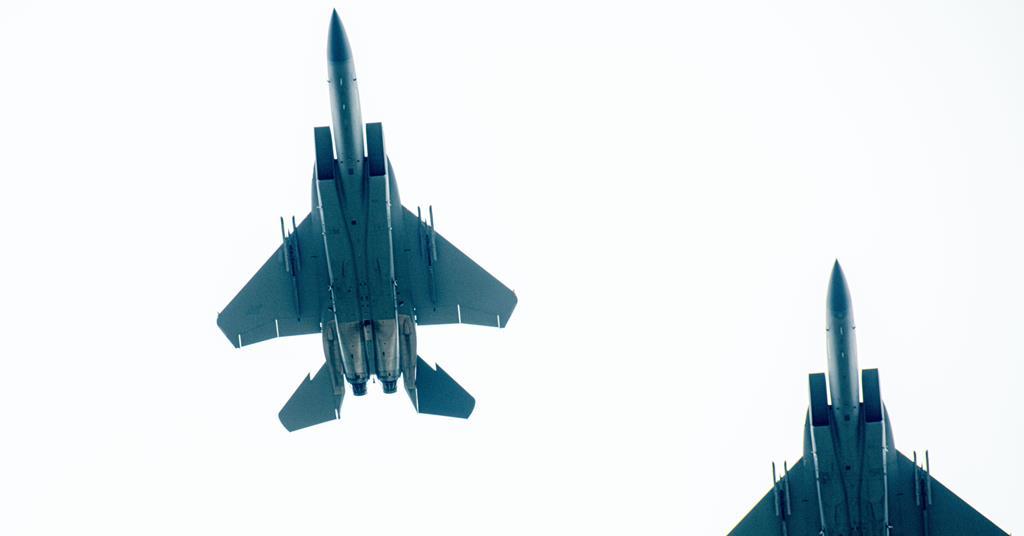USAF wants to trouble Chinese war planning | News

The U.S. Air Force is focused on creating “dilemmas” to deter China while continuing to work on new fighter jets and modernizing existing assets.
In a comprehensive interview with the Mitchell Institute think tank, the commander of the USAF Air Combat Command, General Kenneth Wilsbach, emphasized that the Next Generation Air Dominance (NGAD) program is not a single aircraft, but a family of systems.

“Everyone wants to talk about NGAD as a jet,” Wilsbach says. “It’s not a jet. It’s a family of systems… I just want everyone to understand that it’s a family of systems, and there are a lot of things that aren’t public knowledge that we’ve been working on for some time, and we’re going to continue to build that out.”
One well-known element is the Collaborative Combat Aircraft (CCA) concept. Wilsbach proposes producing these aircraft in their thousands in order to “create dilemmas” for adversaries, especially China.
As for a pilot’s ability to control a team of autonomous CCAs, he says automation makes it much easier. Wilsbach – who has flown the Boeing F-15C, Lockheed Martin F-16C and F-22A – tells the story of how he sat in the simulator of an aircraft he was not qualified to fly. Within minutes, he was able to fly his aircraft and comfortably direct CCAs to complete missions.
He believes that the prospect of having to take on thousands more CCAs in addition to their manned forces will be extremely daunting for the USAF’s adversaries.
Wilsbach assumes that a selection for the NGAD program will be made this year. Boeing and Lockheed Martin are considered the main candidates for NGAD.
Wilsbach also touched on existing types. He believes the extensive weapons capability of the F-15E and the new F-15EX – which recently achieved initial operational capability – is extremely valuable. He believes the F-15EX will ultimately be a key contributor to the long-range kill chains needed to counter China.
Meanwhile, the US Air Force’s F-16 fighter jets are receiving new active electronic beam-steering radars that will enable them to detect smaller targets at greater distances, as well as new electronic warfare equipment.
“Our current fleet is in pretty good condition,” he says.
Wilsbach adds that the F-22 is currently being modernized and that he is leaning toward keeping the older F-22 Block 20s in service. The USAF has proposed retiring the Block 20s – rather than upgrading them to Block 35 standard – for cost reasons. The US Air Force now uses them for training purposes.
“I am in favor of keeping the Block 20,” says Wilsbach. “They offer us a high training value and even if we had to use the Block 20 in an emergency in a combat situation, they are very powerful.”
During the interview, Wilsbach emphasized that the USAF needs to create dilemmas for potential adversaries. One key area of work is freeing the USAF from large, easy-to-hit bases through the Agile Combat Employment (ACE) concept. ACE makes USAF units harder to hit on the ground because they must be stationed and moved around a number of airfields.
“We have to keep getting better at ACE,” he says.
Because logistics can be challenging for aircraft flying between island airfields in contested areas like the Western Pacific, the USAF has and will continue to stockpile things like fuel, weapons, and spare parts. Remote areas can also be short of manpower, so the USAF trains pilots who can multitask.
Wilsbach adds that China has carried out a massive military buildup and could resort to force to take Taiwan.
“We at Air Combat Command would like to develop some dilemmas so that Xi Jinping wakes up every day and says, ‘Not today, not today.'”



